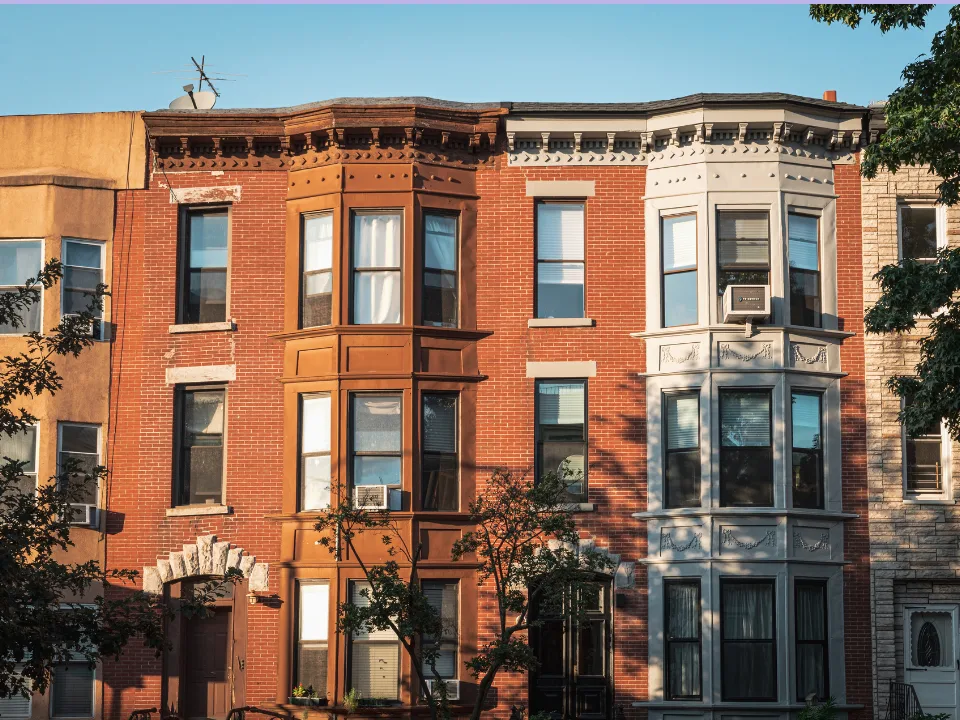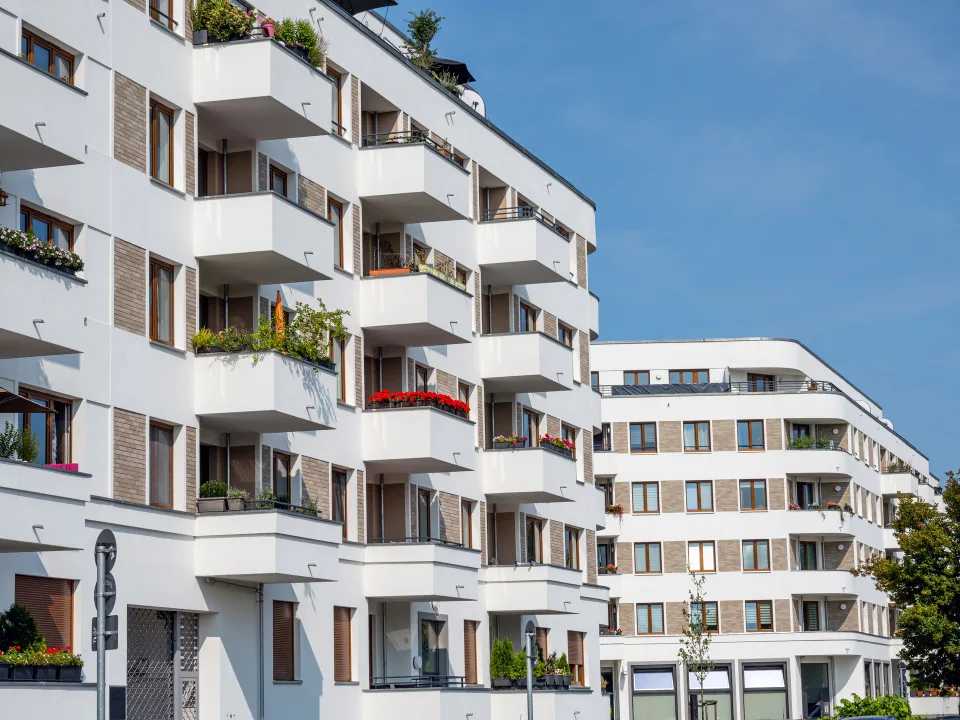- The City Council approved the Atlantic Avenue Mixed Use Plan (AAMUP), rezoning 21 blocks across Prospect Heights, Crown Heights, and Bedford-Stuyvesant to allow 4,600 new homes.
- The plan includes 1,900 below-market-rate units, with 25% of housing in private projects required to meet affordability standards under the city’s Mandatory Inclusionary Housing program.
- The approval follows years of community advocacy and positions AAMUP as a potential model for future city-led rezonings, backed by $215M in infrastructure funding.
A Decade In The Making
The City Council’s vote caps more than ten years of advocacy and planning efforts, beginning with Community Board 8’s M-Crown initiative in 2013, reports The Real Deal. The rezoning was ultimately shaped through collaboration with the Department of City Planning, despite being overlooked by the de Blasio administration.
Under AAMUP, the Atlantic rezoning will modernize zoning rules across a 21-block area dominated by outdated industrial and commercial use, allowing for mixed-use residential development. The city projects the full buildout could take up to a decade.
What’s In The Plan?
The rezoning allows residential development along Atlantic Avenue and nearby blocks, with density bonuses granted to projects on lots larger than 30K SF. A few tweaks were made before final approval, including lowering residential density on select parcels and preserving light industrial zoning on a block between Dean and Bergen Streets.
AAMUP projects must meet MIH Option 1, requiring 25% of units be affordable at 60% of area median income.
Get Smarter about what matters in CRE
Stay ahead of trends in commercial real estate with CRE Daily – the free newsletter delivering everything you need to start your day in just 5-minutes
Beyond MIH: Pushing For Deeper Affordability
Council member Crystal Hudson, whose District 35 includes much of the rezoning area, emphasized the inclusion of 900 deeply affordable units across seven city-owned sites, which will help meet her district’s more stringent affordability goals.
Hudson said 900 units will make two in five new homes affordable, crediting community-led planning for the outcome.
A Response To Displacement
Hudson and Ossé said the rezoning addresses displacement pressures facing Black residents in Bed-Stuy and nearby neighborhoods. In a video message, they argued that expanding housing supply is critical to keeping communities intact.
“People who oppose new housing constitute a pro-landlord lobby,” Ossé said. “We can’t afford to let them win,” Hudson added.
What’s Next
The Adams administration has pledged $215M toward infrastructure upgrades to support the new housing. However, the exact amount of city subsidy required to build the affordable units remains unclear.
The Council also released a new Community Planning Framework to guide future rezonings across New York City. Officials, including City Planning Director Dan Garodnick, pointed to AAMUP as a success story in long-term, community-driven planning.
“This kind of partnership ensures that our plans are not just visionary, but implementable,” Garodnick said.
With more than 4,600 homes now in the pipeline, AAMUP marks one of the most ambitious neighborhood rezonings Brooklyn has seen in recent years—potentially setting the stage for more coordinated, equity-focused development efforts across the city.

















